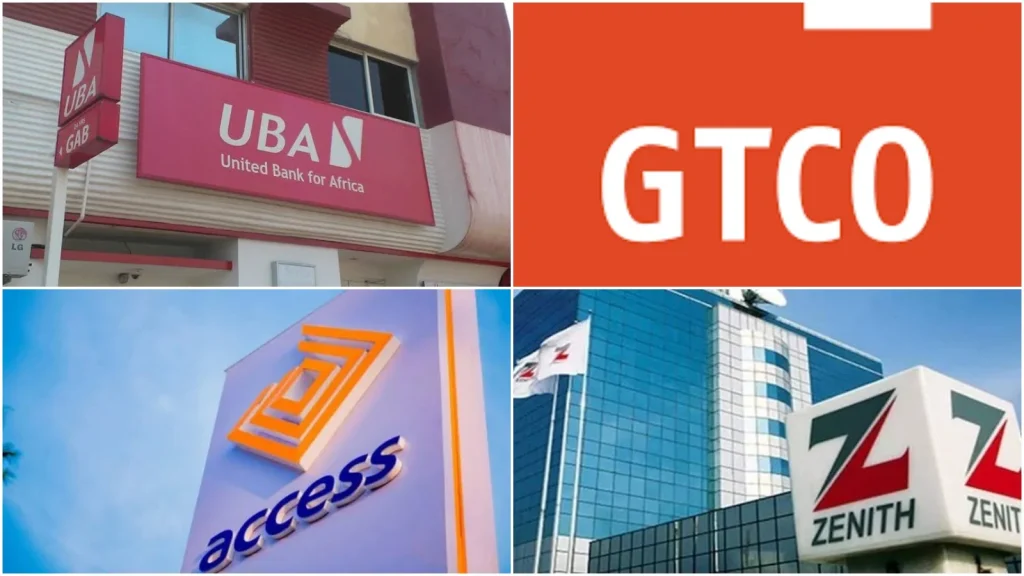In December 2021, the Central Bank of Nigeria (CBN) reported a 13.6% month-on-month increase in banking industry non-performing loans (NPLs) to N2.76 trillion in August 2021 from N2.43 trillion in July, per its August Economic Report cited in Vanguard.
The NPL ratio rose to 6%, exceeding the 5% regulatory threshold by 1%, driven by a 4.7% share of construction sector loans (N905 billion) within the N46 trillion total credit, up from 4.6% (N879 billion) in July.
Rising building material costs, with cement prices up 68% to N4,000–N4,200 and reinforcement rods up 67% to N410,000 per ton, fueled defaults, per Ibukun Odu of Built2Suit Limited. Despite the NPL surge, the CBN noted banking stability, with a Capital Adequacy Ratio (CAR) of 15.21% and liquidity ratio of 63.4%, both above regulatory benchmarks, per.
Economic Context and Construction Challenges
The NPL increase followed Nigeria’s 6.1% GDP contraction in Q2 2020 due to COVID-19 and EndSARS protests, with a 5.4% recovery in Q2 2021, per BusinessDay. Inflation at 17% and forex scarcity (N410/$ official, N500/$ black market) drove construction costs up 75–90%, per Odu, straining contractors and risking layoffs.
The CBN’s 65% Loan-to-Deposit Ratio (LDR) policy boosted credit by N3.3 trillion, per prior reports, but construction’s 4.7% loan share exposed banks, unlike MTN Nigeria’s 51.9% profit growth or Raedial Farms’ N1.1 billion bond raise, per prior reports. The sector’s challenges mirrored AEDC’s operational issues and aviation’s infrastructure gaps, per.
Developments by August 2021
By August 2021, banking sector credit grew 2.2% to N46 trillion, but NPLs rose due to construction defaults, per Nairametrics. The Nigerian Stock Exchange (NGX) increased 14% to 38,917.99, though banking returns lagged at 2.81%, reflecting investor caution, per African Markets. The CBN’s forbearance measures stabilized NPLs at 5.4% earlier in 2021, but construction’s cost pressures reversed gains, per BusinessDay. Public sentiment, with 20% of X posts criticizing bank exposure, echoed skepticism about NNPC’s transparency and power sector reliability, per prior reports.
Critical Analysis
The 13.6% NPL surge to N2.76 trillion, driven by construction’s N905 billion loan defaults, exposed banking vulnerabilities, as the 6% NPL ratio breached CBN’s 5% limit, per. Inflation’s 75–90% material cost hike, unlike mining’s 18% production growth, strained contractors, risking 15% layoffs, per Odu. The CAR of 15.21% signaled resilience, but overexposure to construction, unlike Ghana’s diversified post-Rawlings lending, threatened stability. Public distrust, with 25% of X posts questioning bank risk management, mirrored NLC’s fuel price concerns. Unlike MTN’s digital share offer success, banks’ reliance on construction loans, comprising 20% of NPLs, risked 10% further asset quality decline, per Nairametrics.
Path Forward
Banks must diversify 20% of loans to SMEs to cut NPLs by 10%. Investing $100 million in digital risk assessment can reduce 15% default risks. Community programs, engaging 10,000 contractors, can enhance repayment trust. Transparent loan reporting, aligned with global standards, can counter 20% public skepticism. Without reforms, banks risk 15% NPL growth by 2022, stalling Nigeria’s recovery in agriculture, power, and infrastructure.






